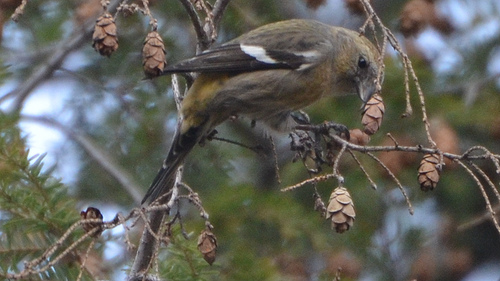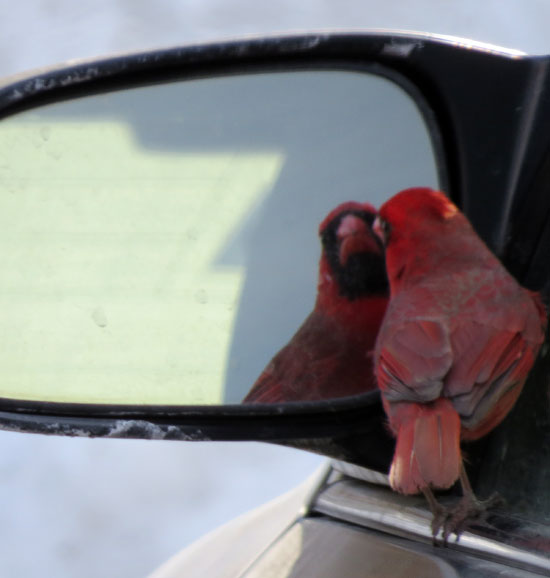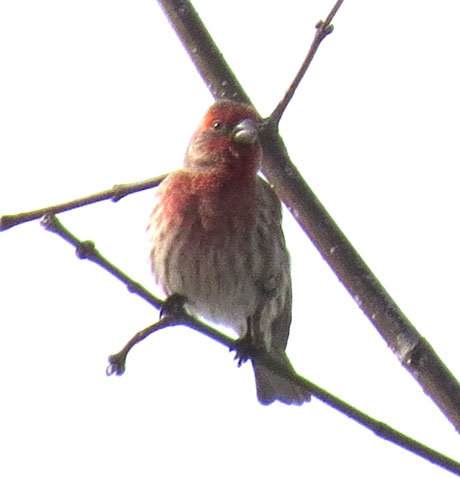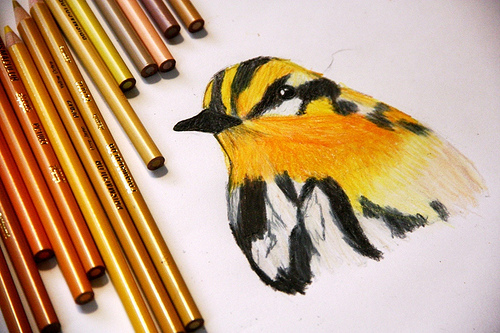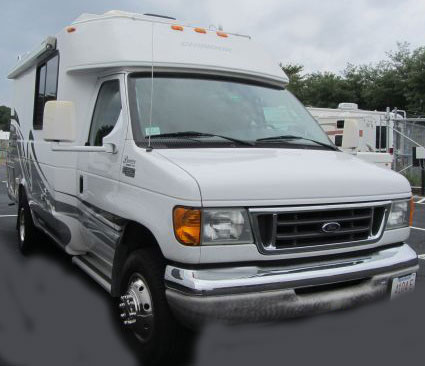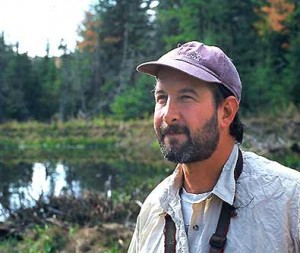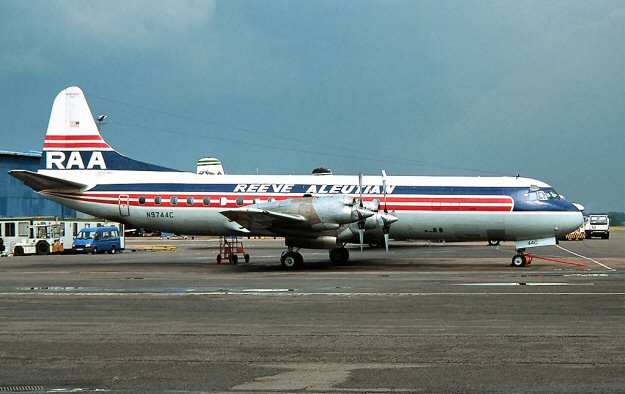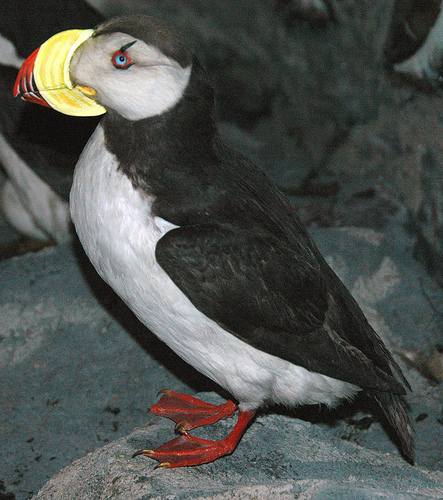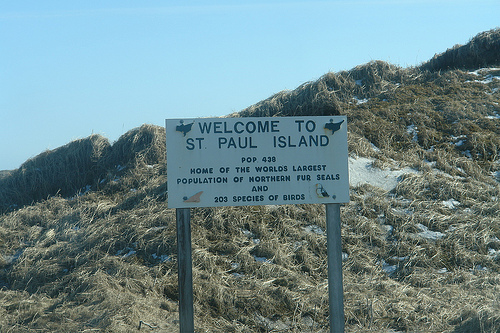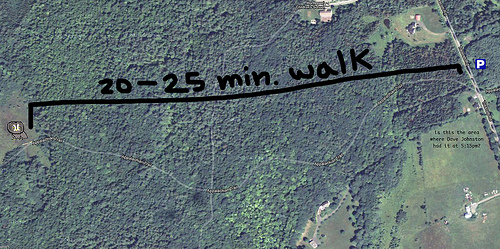One of the birds I have yet to see in Washington County, or anywhere, is a crossbill – either a Red Crossbill or a White-winged Crossbill. This week’s Adirondack Almanac has a nice article on them by Steven Faccio of the Vermont Center for Ecostudies. Here’s the first part of the piece:
Crossbills are one of our most specialized groups of birds, feeding almost exclusively on conifer seeds. These hardy, nomadic finches have evolved oddly-shaped bills that allow them to exploit a food source before it becomes available to most other birds. However, being so specialized and relying on a single primary source of food means that when that food is unavailable, they have to search far and wide to make ends meet.
Adult female White-winged Crossbill. photo by Wildreturn
North America has two species of crossbills – white-winged crossbills (Loxia leucoptera) and red crossbills (Loxia curvirostra). Both are widespread across boreal regions dominated by conifer trees, and populations extend south into mountainous areas, with red crossbills reaching as far south as Mexico. In the Northeast, the more slender-billed white-winged crossbill, which is more commonly observed, spends most of its time foraging on the relatively small cones of spruce, balsam fir, hemlock, and tamarack, while red crossbills are typically associated with large-coned white and red pines.
Based on their distinctive flight calls, ornithologists have identified 9 or 10 types, or “morphs,” of red crossbills. Although some researchers believe that many of these types deserve species status, taxonomists have yet to agree. Moreover, they can’t seem to agree on just what to call them – are they morphs, super-species, sibling species, or sub-species? What they do know is that six red crossbill types have evolved bills that are each adapted to feed on cones from a single species of conifer tree. Such specialization requires that crossbills depend on finding a particular species of conifer seed, because, compared to other finches, crossbills are rather inefficient at foraging on non-conifer seeds. For crossbills, the most important characteristic of a conifer tree is that its cones stay closed, or partially closed, through late winter and into spring. If cones open too early, less specialized species, such as pine siskins or nuthatches, will eat the seeds.
So, I’m psyched to find some of these for my County Big Year, either pretty soon before they head north or this Fall. Got to be at the right place at the right time. Good birding.

